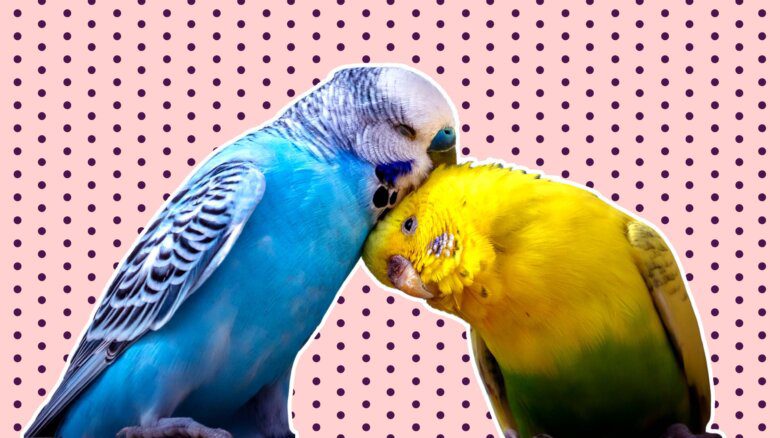If a woman who hangs around with a gay man is a fag hag, what is a gay man who hangs out with a woman, especially a more powerful woman?
If the bar scene is anything to go by, the former phenomenon is on the rise while the reverse is almost invisible, perhaps because there’s less opprobrium attached to gay men hanging out with women. Traditionally we just couldn’t go any lower, whereas women have always been expected to aim higher, toward straight men, and those that didn’t, who chose a gay friend instead of a “real man,” were foolish, perhaps even pathetic, for having stepped outside the ring of power.
Yet historically some of the women most likely to be “fag hags” were also among the most important and idiosyncratic and it’s a moot point, exactly who was hanging around with whom.
Take Edith Wharton, the great chronicler of late 19th- and early 20th-century women and their struggles against convention (The House of Mirth, Age of Innocence). She was friends with gay men both famous (Henry James) and so long forgotten that their orientation seems obvious but ill-supported. She even bedded a bisexual, though she may not have known of his flexibility. Morton Fullerton inspired the interest of James and had an affair with a guy who inspired one of the characters in Oscar Wilde’s The Portrait of Dorian Gray, but also moved in and out of several female beds. One of Wharton’s chief collaborators, architect Odgen Codman, was “sexually ambivalent” says Wharton’s biographer Hermione Lee, and that goes ditto for one of her most influential mentors, an older lawyer, who married but “sounds more like one of the bisexual or homosexual men-friends with whom Wharton had some of her most satisfactory relationships.”
Then there’s Virginia Woolf, a woman of such omnivorous sociability that putting a tag on any of her associations seems rather silly but who definitely attracted her own little gay coterie.
Despite her own same-sex attractions Woolf wasn’t exactly immune to the homophobia of the time. She belittles gay relationships (“The truth is I cant [sic] take Buggerage seriously,” she wrote to one friend) and some of her bitchiest comments are reserved for gay men, especially Eddy (Edward) Sackville-West, a novelist, critic and relative of her great love, Vita. At various times in her letters she likens him to a dog scratching on a mat, “a stray, mangy, unloved kitten” and a “tiny lap dog… [with] a voice like a girls, and a face like a persian cats [her punctuation].”
At the same time she clearly had something gay men wanted. Gay and bisexual men flocked to her and she played queen to a circle that included Morgan Foster, Lytton Strachey, John Maynard Keynes and Duncan Grant.
A generation later the wildly witty Nancy Mitford (The Pursuit of Love) exhibited a similar ambivalence and attraction. Her language was a tad reactionary (the “pansy world”) but her affection was undoubted. She fell in love with a gay man the first time out, wanted to marry the pioneering gay travel writer Robert Byron (The Road to Oxiana) and was good friends with the notorious gay aesthetes Brian Howard and Harold Acton.
She knew so many gay men, especially during her years in Paris after the war, that her letters are an oblique gay history of upper-class Europe at mid-century. Every second footnote, it seems, contains yet another capsule biography of another gay man.
In short, the lives of great women are often a great guide to the hidden history of gay men, not to mention an indirect look at the power dynamics of gender. Nobody would take a second look at these relationships if all sides were equal. Gay men hanging with straight women are only of interest because both sides are presumed to be at a dis-advantage, pressing for something they can’t find elsewhere, and inquiring minds always want to know what it is. The idealistic notion that people might just like each other and want to hang out together never satisfies anyone. “Fag hag,” that rough, ragged term of abuse, says it all. The people in these relationships must be deficient; without straight men they are nothing.
Perhaps all this will change, one day, when straight men are no longer the centre of attention and relationships which do not involve them merit the same respect as those that do. But in the meantime there’s no doubt that gay men often feel more comfortable with women than straight guys, for obvious reasons. Whenever I hear from the supportive parents of gay kids it’s invariably the mother who makes the approach and, for all their asperities, the women noted above were probably less judgmental than their male counterparts.
Last word goes to Mitford, who used loaded language (“pederast” when she probably meant only “homosexual”) but clearly saw the bright side. “Nearly all clever men are pederasts,” she wrote, and “pederasts love women as a rule.”
 Why you can trust Xtra
Why you can trust Xtra


